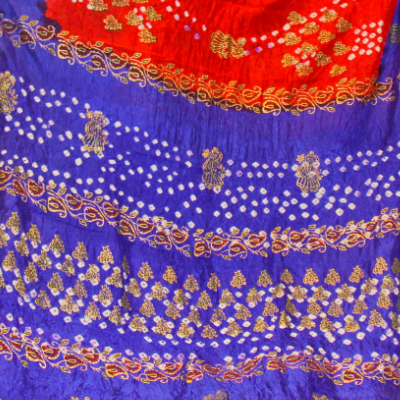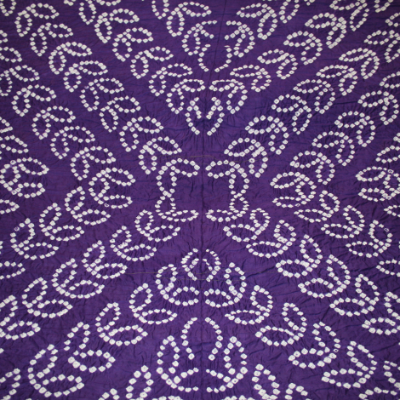Bandhani / Bandhej
- Bsae MaterialCottonSilk Mulberry / Pure
- StatesGujaratRajasthan
- Price Range₹200 - 50000
- WeatherAll Weather Cotton Bandhani fabric is very good for summer
- PopularityVery popular in Rajasthan and Gujarat. It's now worn by old and young nationally as well internationally
- CareCold Water
- TextureWrinkled due to the Bandhani process of tie & dye
- UsecaseSaree, Blouse, Dupatta, Kurti, Tops, Sarees, Lehenga, Gown, Suits, Kids Wear, Men's Wear, Art and Craft for Home , Event, and Festival
History
The history of Bandhani can be traced back to the Indus Valley Civilization. The evidence states that dyeing was in practice as early as 4000 BC. The 6th-century paintings that depict the life of Budha found on the walls of Ajanta Caves are the earliest examples of effective Bandhani dots. Bandhani has also secured a mention in the texts of Alexander the great where he narrates about the beautiful printed cotton fabrics of India. Bandhani was first worn in a royal marriage at the time of Bana Bhatt’s Royal Harshacharita. The belief was that wearing a bandhani saree will make a good fortune to accompany the bride.
The word Bandhani is derived from the Sanskrit word “Banda'' which means “to tie”. It is one of the oldest tie and dye techniques the world has practiced. The Khatri community of Gujarat started the Bandhani work in India. This tie and dye technique began approximately 5 thousand years ago in the states of Rajasthan and Gujarat. Even today, the Bandhani method is used to make sarees, odhnis, and turbans.

Description
Bandhani or also popularly known as Bandhej is a tie and dye textile which is embellished by plucking the cloth into many bindings, that would end up in forming a particular design. This method of dyeing clothes is mainly practiced in Gujarat, Rajasthan, and some parts of Uttar Pradesh. Basically in this method, the cloth is tied tightly with a thread at many different places to produce different patterns. This technique of dyeing is usually conducted on cotton or silk fabrics. The price of bandhani products increases with the increased complexity and fineness in the fabric.
It is generally done with natural colors where the prime colors are black, green, yellow, and blue. This art is not just admired and worn by women but also by men. With time, Bandhani loses its strength. It is commonly advised that it should be dry cleaned or ironed on a low heat setting.
To give the print a more majestic look, it is ornamented with gota work or mirror work. Commonly used clusters or patterns of knots made from the clusters have their own names like Ekdali, Laddu Jalebi, Jaaldar, Chaubundi, and many more depending on the number of dots or the pattern formation.
There is a huge demand for Bandhani all across the country, so it is now available all over India but its main market is situated in Gujarat.

Contact Us For Inquiry
Reach out to us at fabricsthan@gmail.com and we’ll help you find your fabric
